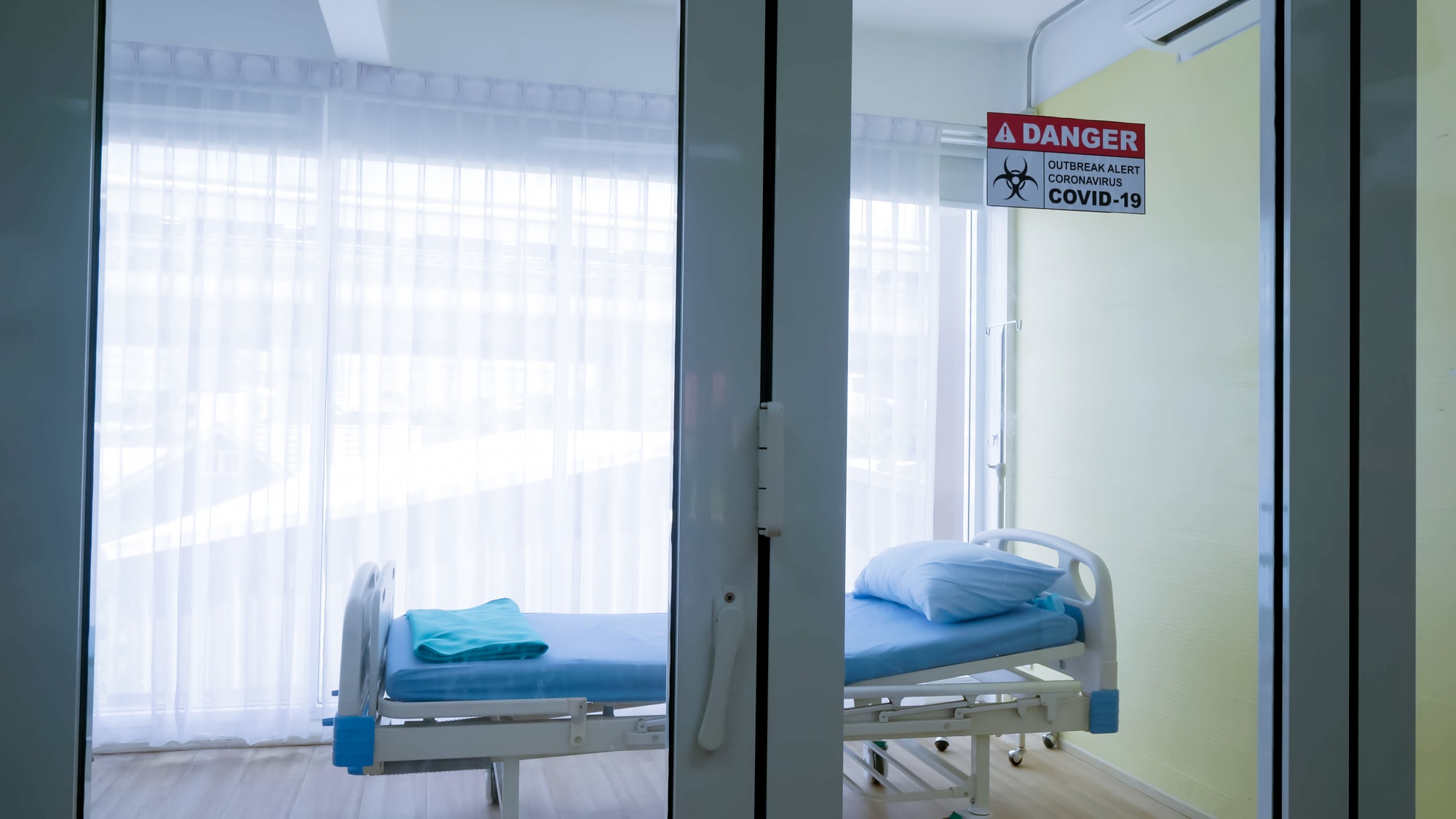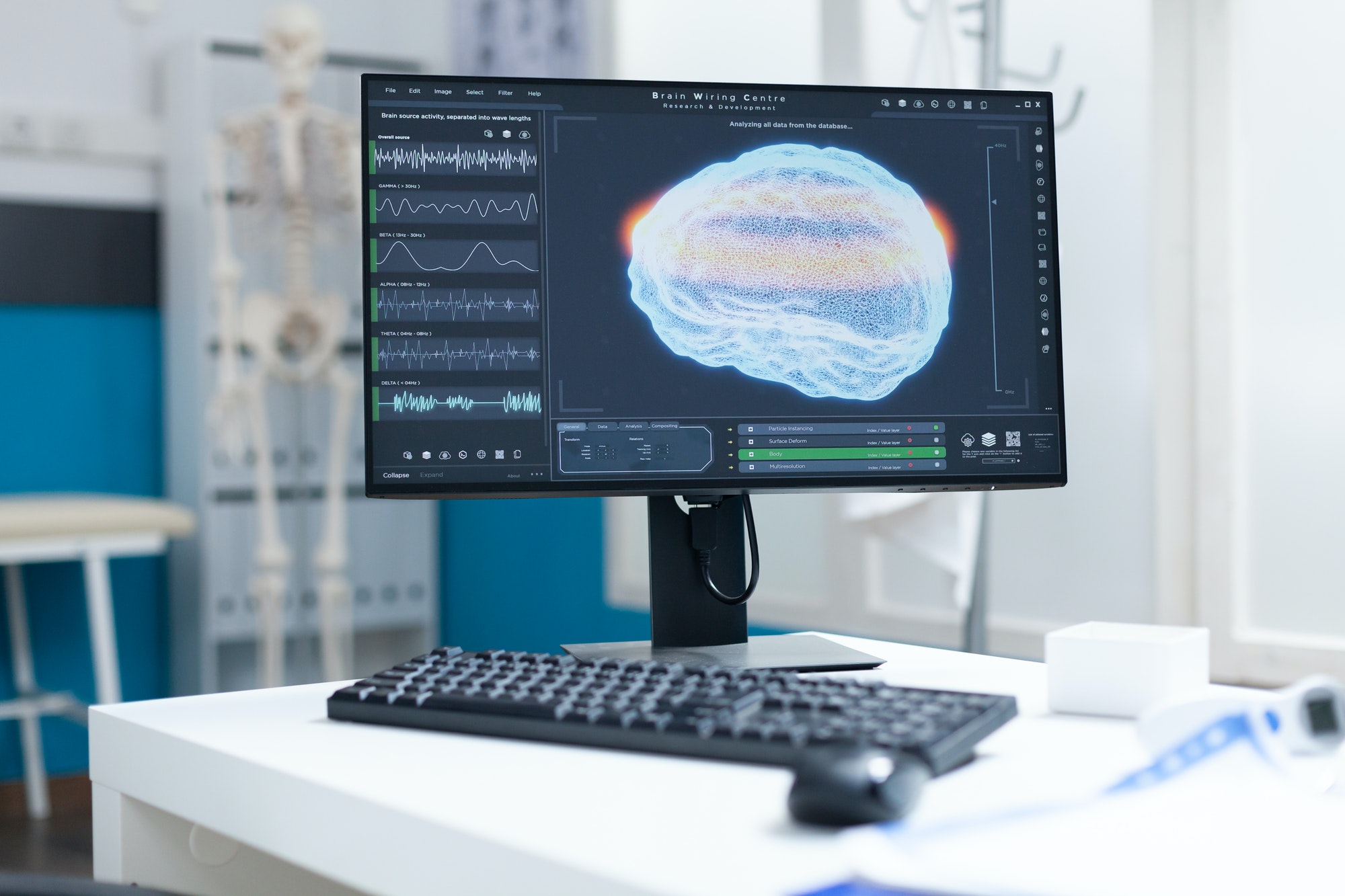DISCLAIMER: The below blog entry was written by an outside, unrelated party and does not necessarily express the opinions or views of or associated with the RemoteICU brand or the individuals associated with the RemoteICU brand. The blog is not necessarily endorsed or supported by RemoteICU nor was the entry reviewed and accepted by individuals associated with RemoteICU. The blog entry is provided simply to address and create interest in topics of import related to telemedicine. Your own independent research and decision-making and seeking of expert / professional opinions are required before you make any decisions whatsoever or form any opinions with respect to any topics addressed therein. By reading the blog entry, you consent to accepting the terms and conditions in this disclaimer.
A Looming Public Health Crisis
The growing shortage of qualified physicians in the United States is sparking a looming public health crisis to the tune of an estimated shortage of up to 124,000 physicians across all specialties by 2034. Critical care physicians are expected to be in particularly short supply, with an expected deficit of between 10,300 and 35,600 physicians over the coming decade. ICUs with intensivists in constant attendance are proven to have better clinical outcomes than those where intensivists are not in 24/7 attendance, but fewer than 15% of US hospitals have dedicated physicians in the ICU.
More than five million patients are admitted to ICUs across the country each year but hospitals are largely failing to provide adequate and consistent critical care to those who need it. This article looks at some of the reasons for this deficit and explores how to bridge the gaps.
Reasons For ICU Physician Shortages
Advances in western society have led to an increase in average life expectancy thereby leading to a growing population of older persons with chronic illnesses (approximately six in 10 adults live with a chronic condition such as heart disease, diabetes, cancer, Alzheimer’s, or lung conditions). Also, advances in medical technology and treatments have all contributed to an increase in the ability to treat a larger quantity of complex cases requiring specialized critical care expertise.
Add to this increased demand for critical care services the fact that critical care physicians are some of the most likely to retire early or change professions due to stress and burnout and you can begin to appreciate why the critical care physician shortage keeps worsening . A high level of burnout has been observed in 41% of ICU physicians and more than one in seven ICU staff members have reported having thoughts of suicide or self-harm.
An ideal solution to the growing shortage of critical care physicians would be one which not only allows hospitals to provide timely and effective critical care services for all patients who need them but which would also alleviate the burden on ICU physicians and improve their working conditions. In addressing both these issues head-on, eICU technology is proving to be a godsend for the delivery of critical care across the United States.
Closing The Gap With Remote Intensivists Supported By eICU Technology
Remote intensivists are intensive care professionals who use eICU technology to remotely provide care to critically ill ICU patients as well as to support on-site ICU staff. eICUs may vary depending on the hospital system, but broadly speaking, eICU (also called Tele-ICU) platforms rely on a suite of information technology tools to support remote and on-site teams. Data collected from a variety of sources is presented to telemedicine physicians in an easily-accessible format,designed to optimize workflow and efficiency.
In the 15 or so years that eICUs have been deployed in various hospitals, the technology and care protocols have improved significantly. One study carried out at Sentara Healthcare – a six-hospital system in Virginia – showed a 25% reduction in hospital mortality, a 17% reduction in ICU length of stay (LOS), and a 13% reduction in hospital LOS for the period that an eICU was in place. Similar results have been observed in other studies, triggering a rise in eICU implementation,approximately 18% of adult ICU beds in the US are covered by TeleICU.
eICU technology enhances the quality of critical care provided to ICU patients and increases the productivity of intensivists. By allowing ICU physicians to share responsibilities and receive additional support from experts who monitor patients from afar, eICU technology also prevents physician burnout, thereby increasing the retention of critical care physicians in their positions.
eICU platforms enable hospitals to expand and enhance their ICU services in the following ways:
- Provide 24/7 specialist ICU physician coverage, including holidays.
- Improve efficiency and productivity by making it possible for each physician to monitor and treat a greater number of patients.
- Provide better patient outcomes, particularly in the areas of mortality, ICU length of stay, and prevention of complications which can all result in significant cost savings for the hospital
- Leverage the expertise of critical care specialists who work outside the hospital.
How Teleneurology Services Address The Neurologist Shortage
Neurology is another area of medicine that is suffering from a dwindling supply of qualified physicians. The American Academy of Neurology (AAN) characterized the shortage of neurologists in the USA as a “grave threat.” Only 24% of people with a neurologic condition were evaluated by a neurologist in 2020, and by 2025, the need for neurologists is projected to exceed the supply by 19%.
As is the case for intensivists, the shortage of neurologists is related to the aging of the population – according to the US Census, by 2060, nearly one in four Americans will be 65 years and older, the number of 85-plus will triple, and the country will add a half million centenarians. With increasing age comes increased risk of neurological diseases. Hence, the prevalences of dementia, stroke, and Parkinson’s Disease increased two to threefold globally from 1990 to 2016. Also, improving treatment of neurologic diseases has led to an increased number of patients living with chronic neurologic .
Similarly, burnout is also a major problem among neurologists. 53% of neurologists interviewed for a 2021 Medscape study said they are “burned out, depressed, or both.”
Here again, technology – in the form of teleneurology services – promises to provide a solution that not only addresses the physician shortage but also improves the quality of patient care and the working conditions of neurology specialists.
How Teleneurology Works
Teleneurology services are delivered by specialist neurologists who use telemedicine platforms to provide support to hospitals with overburdened neurology departments, or those who do not have sufficient qualified neurological physicians to provide a high level of care. Teleneurology specialists have access to all the health data they may need in order to diagnose and treat neurologic conditions via the telemedicine platform.
In the teleneurology model, hospitals benefit from the assistance of dedicated teleneurologists who can:
- support inpatient neurology services
- respond promptly to stroke emergencies
- administer tPA, read EKGs
- communicate with patients and families, as needed
Overall, teleneurology services allow hospitals to provide a better standard of neurological care. By allowing hospital doctors to consult with neurology specialists via teleneurology, patient outcomes are often better, especially in cases where on-site doctors lack the necessary expertise to handle a particular case. Patients in rural or underserved areas can benefit from a higher level of healthcare when local doctors can consult with specialists located in major metropolitan areas. This can eliminate the need for patients to travel in order to be evaluated by a neurologist (which can be especially difficult for those with brain and spinal cord-related issues) thus family members can be more-actively involved in treatment decisions without having to apportion time for travel for in-person appointments.
Teleneurology can also improve working conditions for doctors, thereby encouraging neurologists to remain in the profession. By providing access to remote neurology experts, many of the burdens and stresses that usually fall to on-site neurologists are alleviated. With the additional support, on-site doctors can focus on the most urgent cases, leaving those that simply require surveillance or minor interventions to the teleneurology experts.
Telemedicine – The Solution To Physician Shortages
Critical care medicine and neurology are just two fields of medicine that are suffering from a dangerous shortage of qualified providers. In both these fields, telemedicine – in the form of eICU and Teleneurology services – is helping to bridge the gaps, allowing providers to offer higher levels of care and alleviating pressures on bedside specialists. If the predictions of the AAMC (Association of American Medical Colleges) are correct, we can expect to see more medical fields impacted by shortages over the coming decades. Telemedicine, which has been proven to be effective in multiple studies, is becoming a mainstay of hospital services and will help providers maintain high levels of care while affording favorable working conditions for specialists, even under challenging circumstances.
RemoteICU is a leading provider of remote specialist physician services for hospitals across the United States.










































